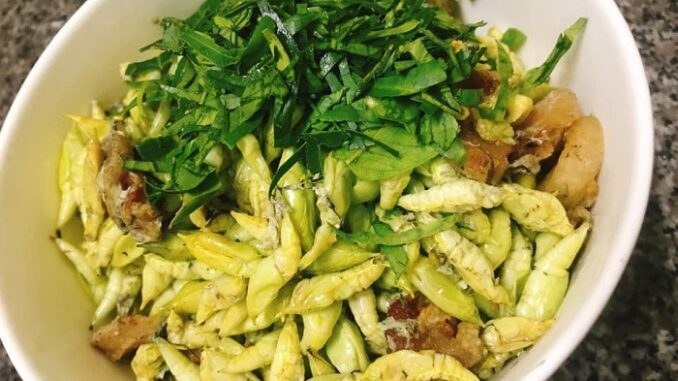
The Central Highlands worm pupae is known to be one of the famous specialties of the people here. If you come to the Central Highlands but have not tried this dish, it is a pity!
If the West has a dish of famous delicious coconut palm weevils, in the Central Highlands, especially in Dak Lak, the people here also have an equally attractive dish that is the deep pupa . However, this unique – strange dish is not for the “faint of heart”! Join Vietnam Travel to discover this interesting dish right now!
There is a dish called: deep nymphs!
If you travel to Dak Lak, you should immediately think of the passionate gong festivals or majestic waterfalls, enjoy wine with people here, do not miss a rustic but unique dish here. That is the dish: worm pupae in the Central Highlands . That is a masterpiece! There is a dish called: deep nymphs!
There is a dish called: deep nymphs!
The Central Highlands worm pupae are also known as “wild shrimp” dishes. The pupa season is from March to the beginning of April every year. This is the time when the weather changes, so the weather will be hotter and drier, so worm pupae are favorable to develop, reproduce heavily on branches and leaves. Then, you will see thousands of yellow butterflies flying through the forest to lay eggs. After a few days, they will bloom into moths and cling to the foliage to live. Then, you will see thousands of yellow butterflies flying through the forest to lay eggs
Then, you will see thousands of yellow butterflies flying through the forest to lay eggs After a few days, they will bloom into moths and cling to the foliage to live.
After a few days, they will bloom into moths and cling to the foliage to live.
Their appearance is identified in green. They cling to a tree and move by arching and then extending their heads forward. If you look at it, you will see that the worms are very similar to the measuring worms. However, these worms are completely harmless, are benign and do not cause itching to the touch. For the people here, hunting deep nymphs has become an indispensable hobby every month in March and April. Especially in the Dak Lak area, there is a lot of deep drinking. 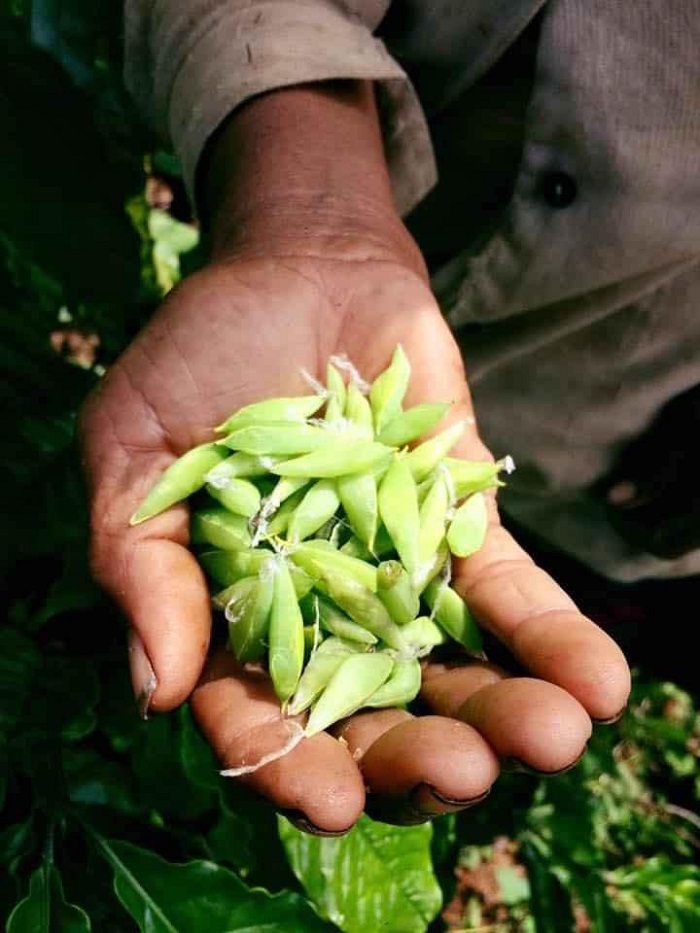 Their appearance is identified in green.
Their appearance is identified in green.
The people in the Central Highlands plant this species in upland fields mainly to block the wind. However, to this day, people have gradually replaced the morning glory with firmer cement pillars. If you wonder why the name of this worm is the worm because the young leaves of the plant are their favorite food source. 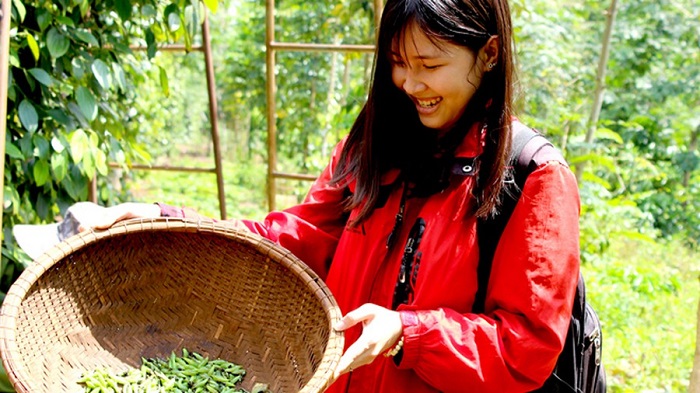 Often, people here will take advantage of the time when they go to the fields for pepper and coffee to catch pupae
Often, people here will take advantage of the time when they go to the fields for pepper and coffee to catch pupae
Often, people here will take advantage of the time when they go to the fields for pepper and coffee to catch pupae. The low bamboo trees are easy to catch, but some trees are tens of meters high so they have to climb, cut branches, or cut branches to catch.
For indigenous people, the deep pupa of the Central Highlands is a delicious and nutritious dish. Food can become a remedy to prevent malaria and enhance health. For the gentlemen, this is also known as a very effective nutritious kidney dish. When the season comes, walking around under the bamboo trees will bring you a whole basket of pupae!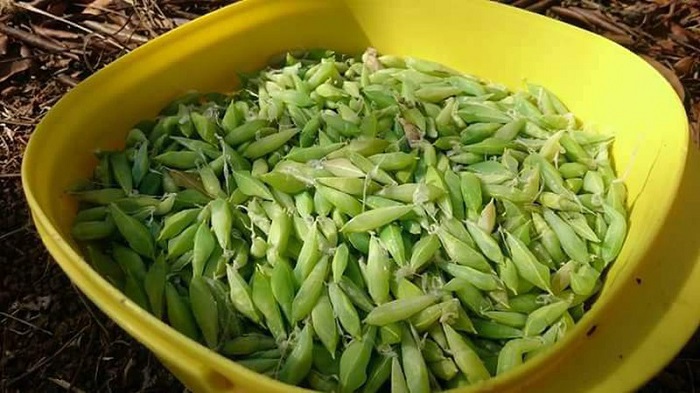 When the season comes, walking around under the bamboo trees will bring you a whole basket of pupae!
When the season comes, walking around under the bamboo trees will bring you a whole basket of pupae!
Enjoy a unique dish – deep pupae of the Central Highlands
When holding deep nymphs in your hand, you will feel the nymphs “wiggle” inside. The outer shell of the pupa is quite hard as a “armor” to protect the pupa inside. The people here can either catch worms or bring them back. If it is a worm, the people here will add a little more to the worm in about half a day to evolve into a deep pupa.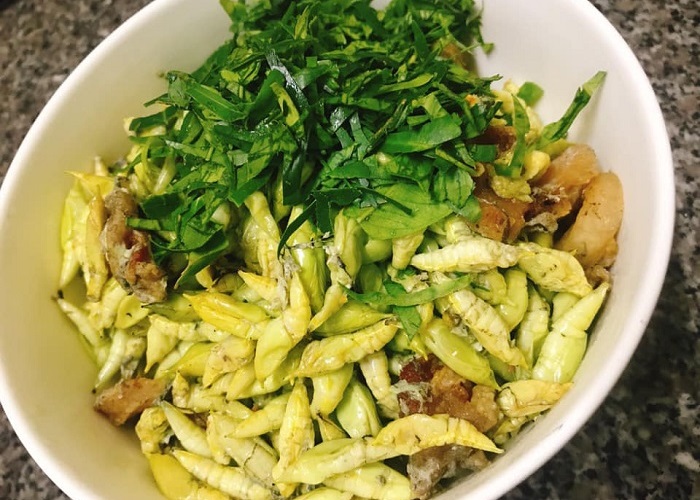 Enjoy a unique dish – deep pupae of the Central Highlands
Enjoy a unique dish – deep pupae of the Central Highlands
The way to prepare the deep pupae of the Central Highlands is very simple: after taking the pupa, people will wash it with clean water, followed by the pupa with typical spices along with pepper, minced garlic and green sorghum. . When the spices are absorbed, they will bring the nymphs to stir-fry with lemon leaves and a few fragrant leaves, when the pupa turns yellow, the pupae is ripe.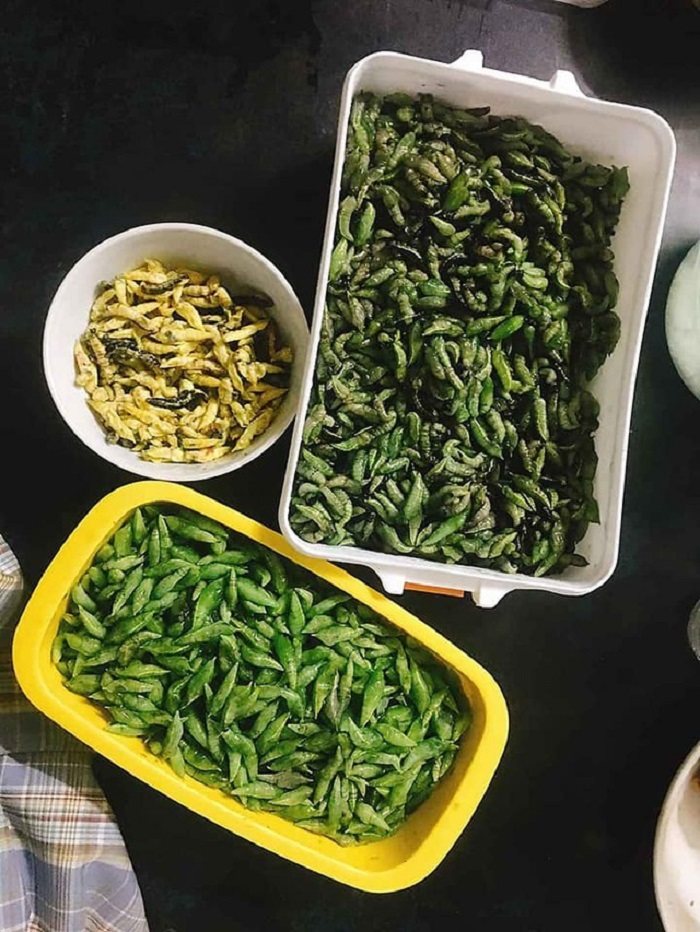 The way to prepare the Western Highlands worm pupae is very simple
The way to prepare the Western Highlands worm pupae is very simple
The fragrant aroma of spices makes the dish even more attractive. When eaten, you will notice the taste of the nymphs is very fatty but not greasy at all. This pupa has a characteristic sweet taste, and if you look closely, you will see the flavor of the morning glory in each of their fibers.
When eating the pupa, it’s crunchy because of the cocoon’s shell, not as soft as the silkworm pupa in the North. People here often eat with nuggets with hot, crispy baked rice paper. Or you can also boil it, combine it into salads or put it in aluminum foil for baking. If you are brave enough, you can also choose to eat them raw – also bring a new full of flavor!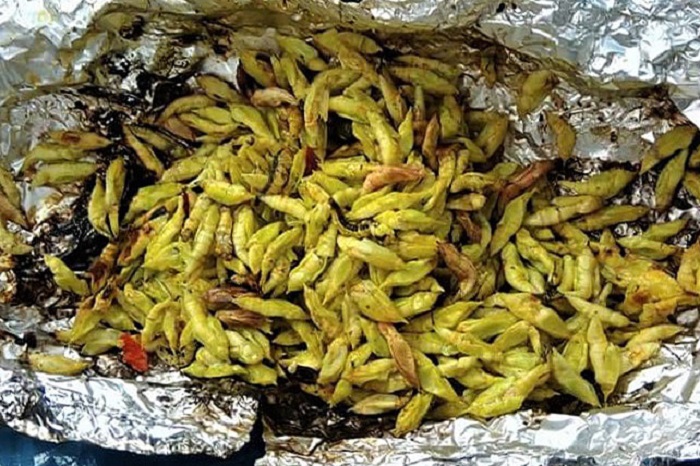 The fragrant aroma of spices makes the dish even more attractive
The fragrant aroma of spices makes the dish even more attractive
Food chrysalis Muong Highlands but also very tasty but not everyone dares to try. However, this is one of the unique dishes of people in this majestic basalt land, immense. There is a little note for you when trying this dish that the people of the Central Highlands share that if you have allergies, you should not try this dish because after eating it can cause itching. Although the Western Highlands worm pup dish is very delicious, not everyone dares to try it.
Although the Western Highlands worm pup dish is very delicious, not everyone dares to try it.
Coming to the Central Highlands on a rainy season day, enjoying the cold air with deep pods, lifting a glass of wine can be nothing more wonderful. At the beginning of the season, the pupa is usually sold for about 20,000 VND / kg, by the end of the season the price can double, triple to about 50,000 – 60,000 VND / kg when you buy in the Central Highlands.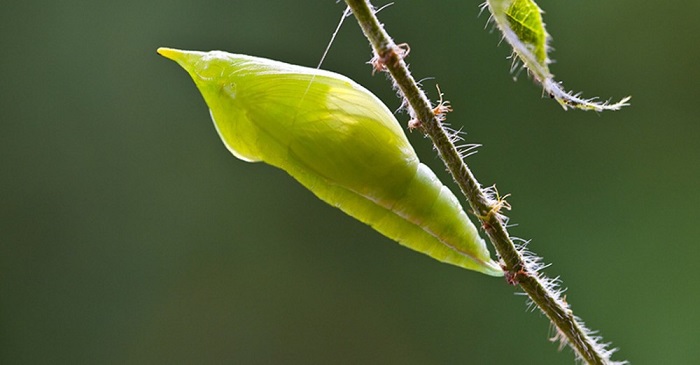 By the end of the season, the price can be doubled or tripled to about 50,000 – 60,000 VND / kg when you buy it in the Central Highlands.
By the end of the season, the price can be doubled or tripled to about 50,000 – 60,000 VND / kg when you buy it in the Central Highlands.
It is not exaggerating to say the Central Highlands is like a “cradle” of unique and fancy dishes. If you have a chance to try this interesting food, you will never forget it! This deep pupa is now not only a rustic dish of the Ede people in Dak Lak, but it has become the pride of the unique Central Highlands cuisine .
